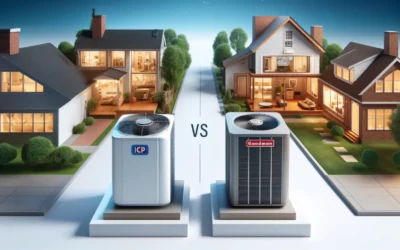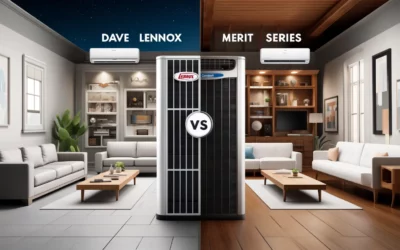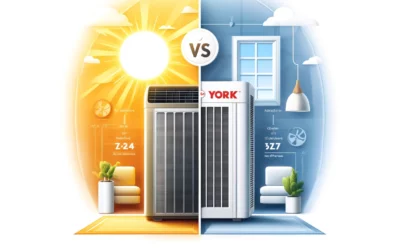Welcome to our blog post “What’s the best insulation to put in my old house”. If you’re aiming to give your vintage house a revamp, then insulation should be your top priority. Insulation helps reduce heat transfer, keeps your home warm during winter and cool during summer, which drastically reduces your energy bills. This post aims to provide comprehensive and factual information, geared to help you understand and decide on the most suitable insulation for your old house. As expert opinions are included, it’ll offer professional guidance that goes beyond just simple tips. With the information you’ll gain, you can make informed decisions to increase your home’s comfort, energy efficiency, and value. Let’s dive into the world of insulation – it’s easier than you think!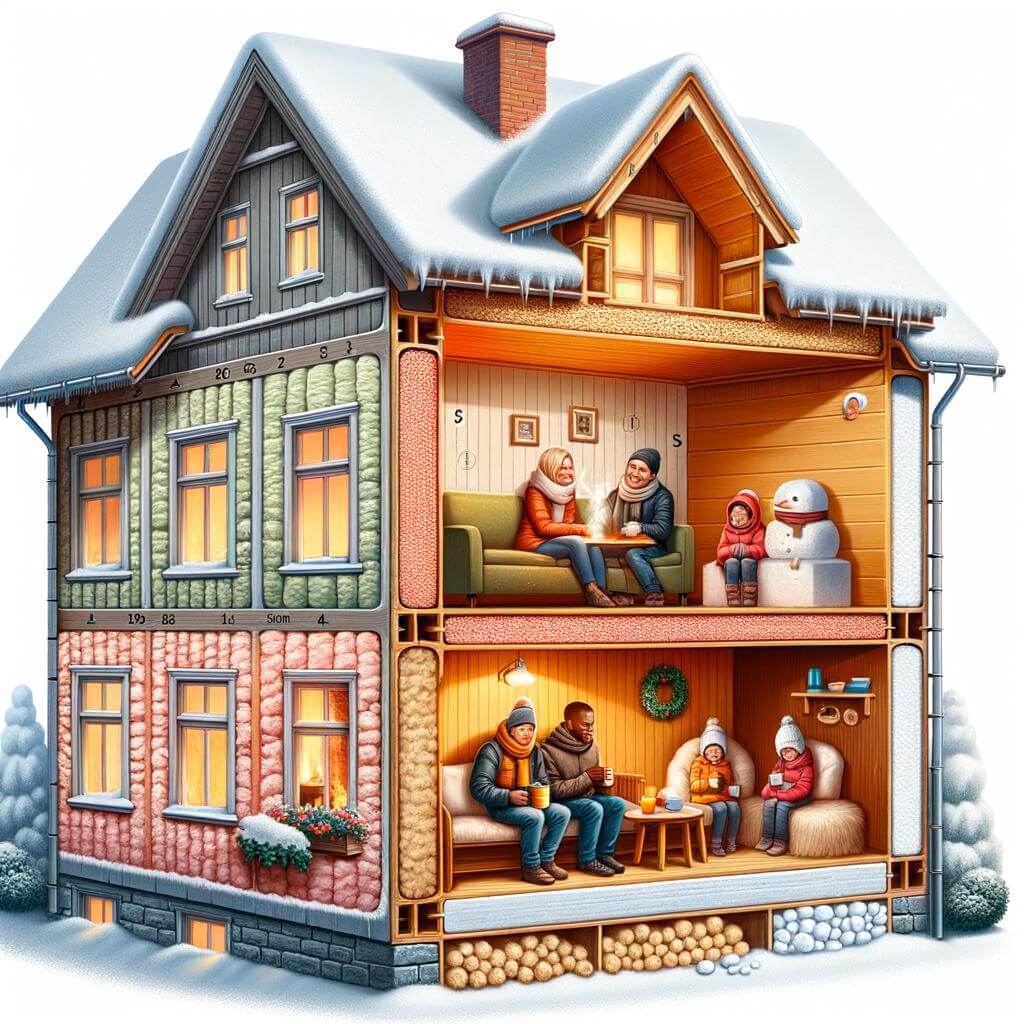
Understanding the Importance of Proper Insulation in Old Houses
Old homes often ooze with charm and character; however, they may also present quite a few challenges when it comes to energy efficiency. One of the most common issues is inadequate insulation which results in losing heat during winter and cool air during summer, making your home uncomfortable and causing sky-high utility bills. It’s worth noting that proper insulation not only saves on energy but also contributes to creating a healthier and more sustainable environment.
Preserving the authenticity of an old home while adding modern comfort can be daunting, but not impossible. When it comes to insulation, it’s wise to consider what we refer to as the ‘Big Three’:
- Fiberglass: This popular insulation material has been around since the 1930s and is made from finely spun glass fibers. Ideal for insulation in walls, attics, and between floors.
- Cellulose: Made from recycled paper products, cellulose insulation is treated with a fire retardant. Excellent for small, closed-off spaces.
- Spray Foam: This is a more modern insulation material that expands upon application, filling in gaps and providing outstanding thermal insulation.
| Materials | Pros | Cons |
|---|---|---|
| Fiberglass | Affordable, non-flammable, does not absorb water | Unpleasant to handle, requiring protective clothing |
| Cellulose | Environmentally friendly, good soundproof qualities | Can settle over time, reducing effectiveness |
| Spray Foam | Provides air sealing, high insulating value per inch | More expensive, requires professional installation |
Choosing the right insulation depends on your home’s structure and your specific needs. If you live in an old house, it’s essential to take these factors into account to ensure your home is as energy-efficient as it can possibly be. Keep in mind that while there may be initial costs involved in properly insulating your home, the benefits and savings in the long run make it a worthwhile investment.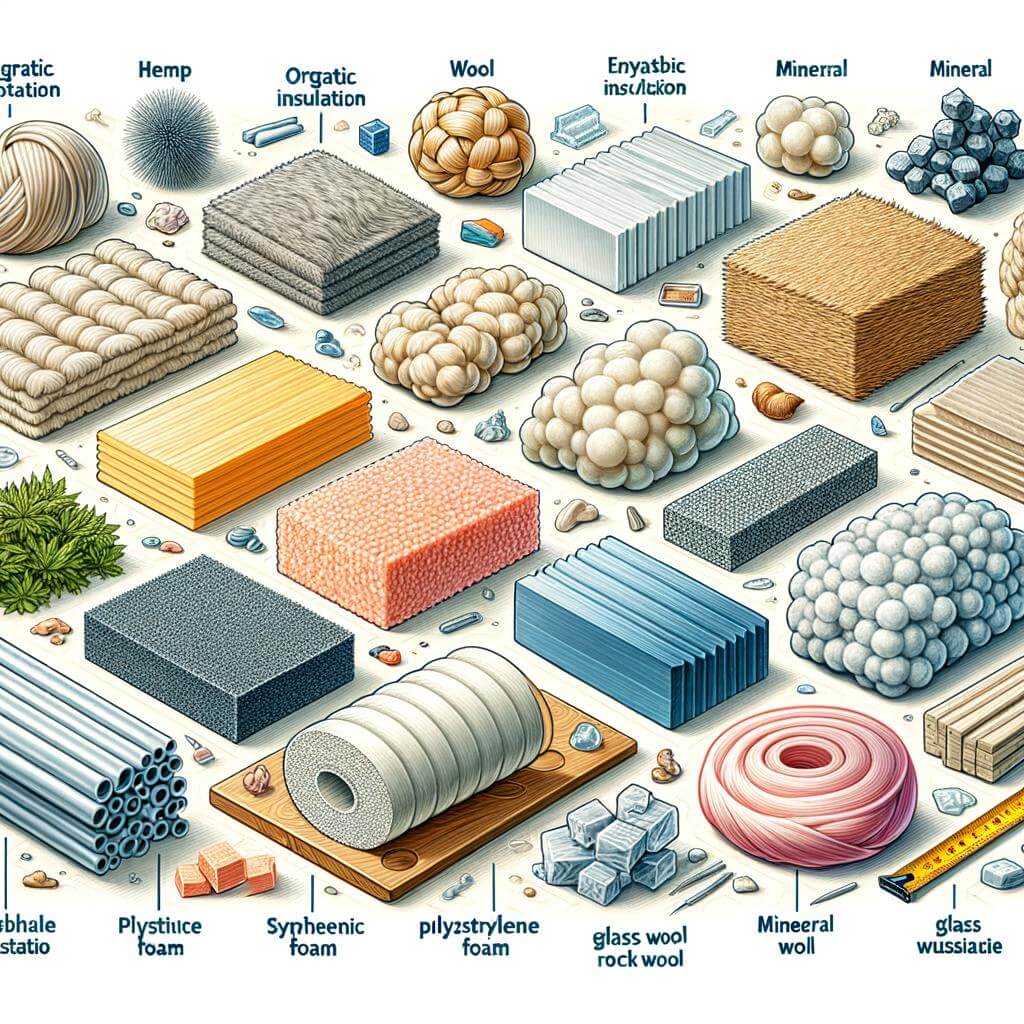
Exploring the Various Types of Insulation Material
When it comes to retrofitting an older home, choosing the right type of insulation can both increase your comfort and reduce your energy bills. With an array of options available on the market, making the right choice can be quite challenging. While factors can vary based on location and specific home characteristics, some insulation types consistently stand out in terms of efficiency and adaptability.
First and foremost, fiberglass insulation is a versatile option for most homeowners. Its light weight and ease of installation make it a common choice. Spray foam insulation, although more expensive, can provide a high R-value, meaning better thermal resistance and improved energy efficiency. Conversely, cellulose insulation consists of recycled newsprint and is treated for fire resistance, offering a more eco-friendly alternative. Finally, for a slightly different route, structured insulated panels (SIPs) integrate insulation into their structure, providing excellent thermal performance.
| Type of Insulation | Key Benefits |
|---|---|
| Fiberglass | Light weight, easy installation, cost-effective |
| Spray Foam | Excellent R-value for energy efficiency |
| Cellulose | Eco-friendly, fire resistant |
| Structured Insulated Panels (SIPs) | Integrates insulation into structure for high thermal performance |
Regardless of the type of insulation you opt for, always ensure it is installed by a professional and check if your local area has any specific requirements or offers incentives for certain types of insulation to help make your decision. A blend of efficiency, sustainability, and cost-effectiveness is vital when choosing the best insulation for your old house.

Top Recommended Insulation Materials for Old Houses
Older houses, with their unique charm and character, can sometimes be challenging to properly insulate. However, the effort is worth it. Properly insulated houses combat energy loss, saving you money and promoting a more sustainable environment. But, with so many choices available, deciding on the best insulation for your older home can be daunting. Fret not, below are some top recommended insulation materials perfectly suited for old homes.
Fiberglass Insulation: This is an incredibly popular choice, thanks to its flexibility and affordability. It comes in rolls, batts or loose fill forms which are suitable for attic spaces, wall cavities, basements and crawl spaces.
- Mineral Wool: Often referred to as rock wool or slag wool, this material provides excellent fire resistance and soundproofing. However, it can be more expensive than other options.
- Spray Foam Insulation: This is an excellent solution for hard-to-reach areas. When applied, the foam expands to create a continuous insulation and air sealing barrier. On the downside, spray foam is relatively expensive and needs professional installation.
Cellulose Insulation: Made from recycled paper products, cellulose is an environmentally friendly choice. This material can be blown into attics, walls and floors. Take note that it may settle over time, reducing its insulation value.
| Insulation Material | Advantages | Disadvantages |
|---|---|---|
| Fiberglass | Affordable, Flexible | Possible skin irritation during installation |
| Mineral Wool | Fire-resistant, Soundproofing | Higher cost |
| Spray Foam | Seals and insulates, Good for hard-to-reach areas | Expensive, Requires professional installation |
| Cellulose | Eco-friendly, Good for attics, walls and floors | May settle over time |
In conclusion, the ideal insulation material for your old house would depend on your specific situation and needs. Consider factors such as your budget, the house’s structure, and location before making a decision. An energy audit by a professional may provide valuable insights and recommendations.

Benefits and Limitations of Popular Insulation Materials
When it comes to insulating an old house, the choice of material often boils down to some popular options. These include fiberglass, cellulose, mineral wool, and spray foam. Each material has its benefits and caveats, which deserve a closer look before you make the crucial decision.
Fiberglass is a common choice for many homeowners due to its affordability and ease of installation. In terms of thermal resistance, it performs solidly, offering an R-value of approximately R-2.9 to R-3.8 per inch. However, fiberglass lacks in creating a complete air seal, which might reduce its overall effectiveness. It’s non-flammable but can hold water, potentially encouraging mold growth.
- Cellulose is revered for its eco-friendliness, made from 85% recycled paper. It provides a higher R-value (R-3.1 to R-3.7 per inch), and its dense packing helps prevent air leaks. Yet, it’s prone to settling over time, which may decrease its insulating capacity. It’s also harder to install than fiberglass.
- Mineral wool shines for its high fire and sound resistance. It also manages moisture well, avoiding mold issues. However, it comes with a higher price tag and requires professional installation.
- Spray foam provides excellent thermal resistance (R-6.0 to R-7.1 per inch). It’s unique in that it expands on application, creating an effective air and vapor seal. The downside is the application process, which requires professional handling, and the material’s potential to off-gas harmful substances.
| Material | R-value | Air Sealing | Moisture Management |
|---|---|---|---|
| Fiberglass | R-2.9 to R-3.8 per inch | No | Poor |
| Cellulose | R-3.1 to R-3.7 per inch | Yes | Good |
| Mineral wool | R-3.7 to R-4.2 per inch | No | Excellent |
| Spray foam | R-6.0 to R-7.1 per inch | Yes | Good |
Before finalizing, consider factors like your renovation budget, local climate, and environmental impact. Weigh in the strengths and weaknesses of each material to make a well-informed choice.
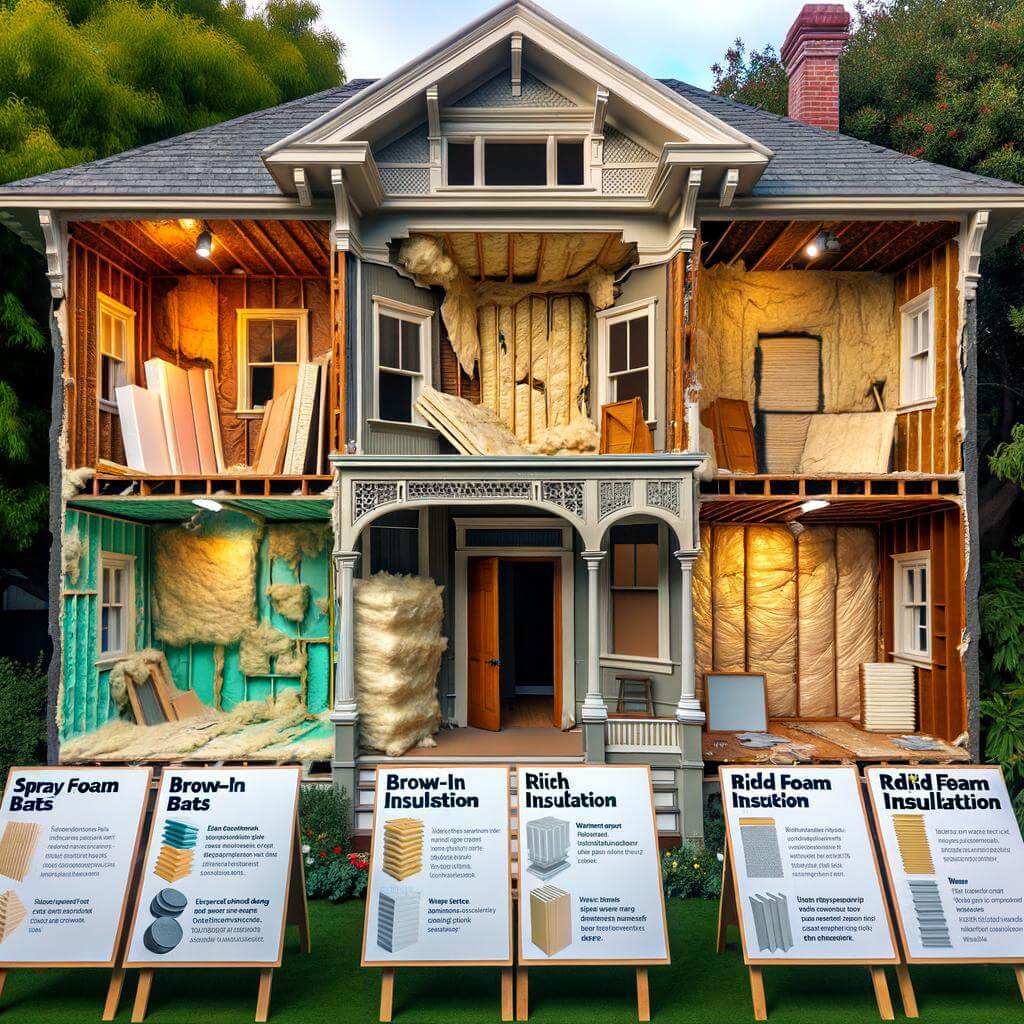
Expert Tips on Choosing the Right Insulation for Your Old House
Once regarded as an optional luxury, wall insulation is now a necessity for maintaining the comfort and sustainability of any old house. With an array of insulation choices available today, picking out the ideal one for your old property may be an overwhelming, meticulous task. Given the age of your house and its unique needs, the following expert tips should guide you in pinning down the right insulation.
Consider the R-Value
In thermal insulation, the resistance to heat flow is rated based on the R-Value. The higher the value, the better the insulation. This feature is particularly crucial for old houses that are prone to heat loss. Fiberglass batts, for example, have an R-Value between R2.9 and R3.8 per inch. On the other hand, spray foam boasts an even better R-Value of R3.5 to R6.5 per inch, offering superior thermal resistance.
- Look for air sealing capabilities: One of the major issues with old homes is air leaks. Spray foam and high-density cellulose are examples of insulation materials that can do a great job of sealing off air gaps.
- Assess ease of installation: Old houses might be cramped or have complex layouts making installation more challenging. Loose-fill or blown-in insulation types, such as cellulose and fiberglass, could be easier to install in such scenarios.
- Consider the environmental impact: If you are environmentally conscious, go for insulation materials with low-impact options such as wool, cotton, and cellulose, made from recycled newsprint.
Material R-Value per Inch Environmental Impact Fiberglass Batts R2.9 – R3.8 Moderate Spray Foam R3.5 – R6.5 High Cellulose R3.2 – R3.8 Low Remember, while finding a good balance between the R-value, air sealing capabilities, and ease of installation is important, it’s just as necessary to consider the long-term energy savings and environmental impact. The right insulation will make your old house more energy-efficient, comfortable, and sustainable.
Installation Techniques for Optimum Insulation Performance in Old Homes
When it comes to insulating an old house, careful consideration must be taken to ensure optimal insulation performance. One can choose from a vast array of materials, each with its unique properties and benefits. Some of the top alternatives include fiberglass, known for its heat-resistant properties, as well as mineral wool, which provides excellent soundproofing. You could also go for spray foam, an energy-efficient option, or cellulose, a green, eco-friendly choice. Ultimately, the best option will depend on your home’s specific needs, local climate, and budget.
A crucial aspect to consider is the installation technique. Each type of insulation requires a particular method for maximized performance. For instance, fiberglass and mineral wool would need to be rolled out or cut into precise dimensions to fit your walls, floors, or ceiling cavities. On the other hand, spray foam and cellulose need to be blown in using specialized equipment. Knowing these specifics will be a great guide in getting the best possible outcome for your old house’s insulation.
| Insulation Type | Installation Method | Main Benefits |
|---|---|---|
| Fiberglass | Roll Out / Cut | Heat Resistant |
| Mineral Wool | Roll Out / Cut | Noise Reduction |
| Spray Foam | Blow In | Energy Efficient |
| Cellulose | Blow In | Eco-Friendly |
The Way Forward
In conclusion, the task of insulating an old house can appear demanding, but it’s a worthwhile endeavor that will not only boost your home’s energy efficiency but also create a more comfortable living environment. Whether fiberglass, mineral wool, cellulose, or spray foam best fit your insulation need, understanding your home, and the advantages and disadvantages of each type is critical. Although the DIY route may seem tempting, seeking advice from insulation professionals takes off the pressure, ensuring an effective, safe and tailor-made insulation approach. Remember, the correct insulation directly translates to a healthier, warmer, and more economical home. So, start your home energy-efficiency journey today by giving detailed consideration to the best insulation options for your beloved old house.





